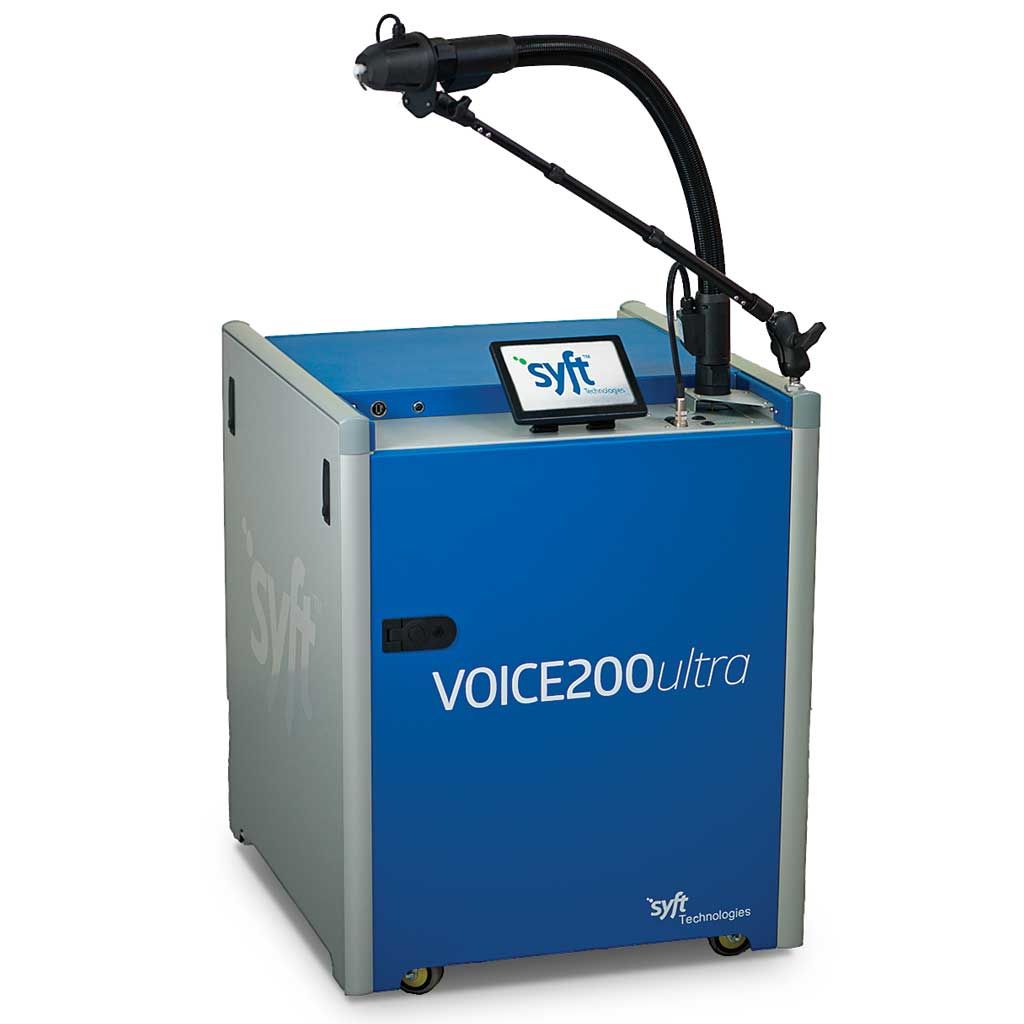Breath Test Developed for Head and Neck Cancer Diagnosis
By LabMedica International staff writers
Posted on 20 Oct 2020
Breath testing is a noninvasive way to help doctors diagnose a number of conditions. By analyzing the breath, the physicians can measure the amount of certain gases, allowing doctors to arrive at a diagnosis quickly and accurately.Posted on 20 Oct 2020
Worldwide, head and neck cancer accounts for 6% of all cancers, killing more than 300,000 people per year globally. Tobacco, alcohol and poor oral hygiene are known major risk factors for this cancer. A surge in human papilloma virus (HPV)-associated head and neck cancers is seeing these cancers affecting a much younger population.

Image: Breath test developed for head and neck cancer diagnosis used a selected ion flow-tube mass spectrometer (Photo courtesy of Syft Technologies).
Otorhinolaryngology specialists at the Flinders Medical Centre (Bedford Park, Australia) and their colleagues collected standardized breath samples from 181 patients suspected of head and neck squamous cell carcinoma (HNSCC) prior to any treatment. A selected ion flow-tube mass spectrometer (Syft Technologies, Christchurch, New Zealand) was used to analyze breath for volatile organic compounds. Diagnosis was confirmed by histopathology. A binomial logistic regression model was used to differentiate breath profiles between cancer and control (benign disease) patients based on mass spectrometry derived variables.
The scientists reported that in all, 66% of participants had early-stage primary tumors (T1 and T2) and 58% had regional node metastasis. The optimized logistic regression model using three variables had a sensitivity and specificity of 80% and 86%, respectively, with an AUC for ROC curve of 0.821 (95%CI 0.625–1.0) in the testing cohort. Using statistical modeling, the team was able to develop the breath test that could differentiate cancer and control (benign disease) patients, with an average sensitivity and specificity of 85%.
Nuwan Dharmawardana, BMBS, MClinSci, MSc, PGDipSci, PhD, an Otorhinolaryngologist and the first author of the study, said, “With these strong results, we hope to trial the method in primary care settings, such as GP clinics, to further develop its use in early-stage screening for HNSCC in the community.” The authors concluded that breath analysis for non-invasive diagnosis of HNSCC appears to be practical and accurate. The study was published on September 9, 2020 in the British Journal of Cancer.
Related Links:
Flinders Medical Centre
Syft Technologies














